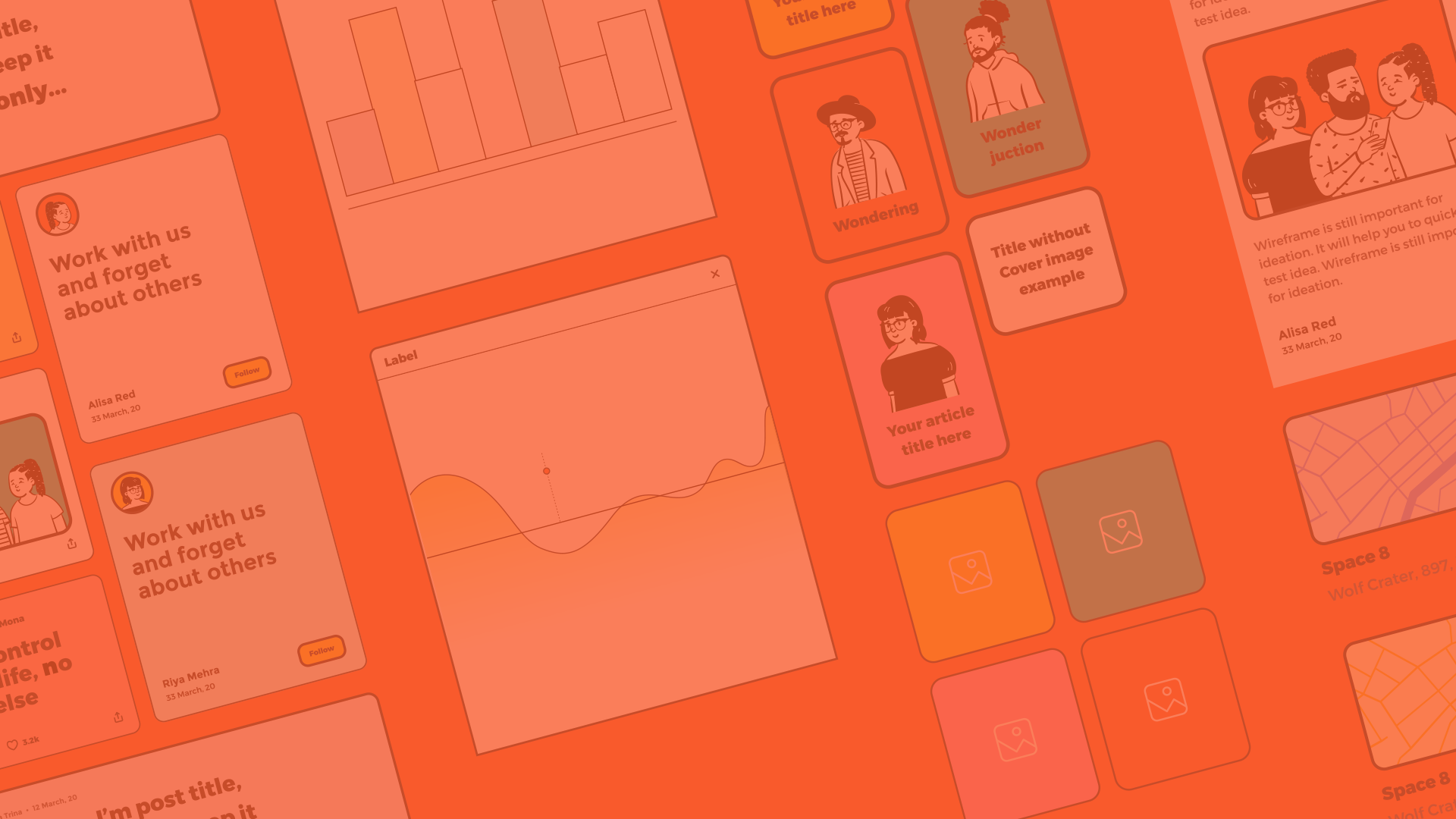[Video] What is Data Integration? Simplified
Do you ever feel like you’re drowning in data, unable to gain the insights you need to achieve your business goals?
Businesses today use a multitude of third-party tools to carry out marketing and sales campaigns and ensure smooth operations day-to-day. All of these tools generate data and store it within their independent applications. However, this often means that data is locked in one place - unable to be accessed by different departments or combined with other data to give your customers a better brand experience.
83% of executives have admitted to this issue being present in their organisations, and 97% say it harms overall decision making - it’s a problem known as a data silo.
So, how can you solve data silos? Well, data integration just might have the answer.
What is Data Integration?
Data Integration is the process of connecting data from multiple disparate sources to produce a single, unified view.
There isn’t one universal way that data integration works, but typically, any integration project requires a number of different data sources, for example, your third-party enterprise tools, a master server that pulls data from those sources and clients accessing the master server.
There are five main techniques of integrating data to create a single source of truth for your data:
- Manual Data Integration
This technique sees your in-house engineers waste hours of their precious time manually writing code for custom integrations to combine your business data. Manual integration can be laborious and rife with human error, and it’s impossible to scale this process as your company grows.
- Application Integration
Application-based integration is the process of facilitating individual applications, each with their own particular purpose, to work in tandem. Using software known as an API (application programming interface), application integration facilitates cross-platform communication and integrated workflows.
- Middleware Integration
Middleware integration creates a translation layer between a software operating system and the applications running on it. It’s often referred to as a type of ‘plumming’ or ‘glue’ that enables communication and data management for applications. Middleware integration is most commonly used to integrate legacy systems with newer web-based applications.
- Uniform Access Integration
Also known as virtual integration because it does not move or copy the source data, but rather, it defines a set of rules that transforms data virtually to be visualised and accessed across the enterprise.
- Data Warehouse Integration
Data warehouses are data management systems that often include large amounts of historical data pulled from different sources and integrated for business intelligence. This method is sometimes referred to as common storage integration.
Why do I Need Data Integration?
Data integration allows businesses to get more from their data as it supercharges the capacity for data visualisation which, in turn, improves business intelligence and decision making.
Data integration is particularly useful to those within the marketing industry, who often struggle to connect the dots between 4 to 10 disconnected tools when trying to deliver seamless, omnichannel experiences to their customers.
You might be wondering what tools I’m referring to, well as a marketer you likely have at least some of the following applications helping you create and deliver your marketing campaigns:
An email tool, e.g. MailChimp
A CRM, e.g. Hubspot
A digital advertising tool, e.g. Google Ads
A social media tool, e.g. Hootsuite
A video marketing tool, e.g. Vidyard
A payment tool, e.g. Stripe
A lead-capture tool, e.g. ConvertFlow
A push notification tool, e.g MixPanel
A single omnichannel marketing campaign may incorporate messages and data from each of these tools, and to get a 360-degree view of your results, you will need to have a unified view of that combined data.
Trying to manually create reports and understand analytics from disconnected tools wastes time and leads to human error that can cost your company revenue and customers.
Right now, only 47% of marketers say they have a completely unified view of their customer data sources.
Data integration has the potential to connect the dots between your marketing tools and empower you to do more with your data. If you’d like to learn more, why not book a chat with one of our data integration experts today.
If you liked this video, then subscribe to our YouTube channel, and to learn even more about optimising your marketing strategy visit the resources page on our website.
Now we want to hear from you! Are you going to implement what you've learned today in your marketing strategy? Or perhaps you've got some tips of your own that you would like to share with us? Let us know by leaving a comment below!
Book a free demo today and see how Hurree can help you transform your company reporting to improve your sales and marketing output 💌 Don't hesitate to get in touch via contact@hurree.co if you have any inquiries - we’re happy to chat!
Share this
You May Also Like
These Related Stories

Data Integration Strategy: What Marketers Need to Know

[Video] 6 Benefits of Data Integration in Marketing


